Audacity always had some appealing features, not least of which being free and open source. But a glimpse inside the design work being done on Audacity 4 suggests it could become something else: a slick, efficient wave editor that just happens to be free. This UI breakdown will be of interest to anyone pondering UI/UX in creative tools.
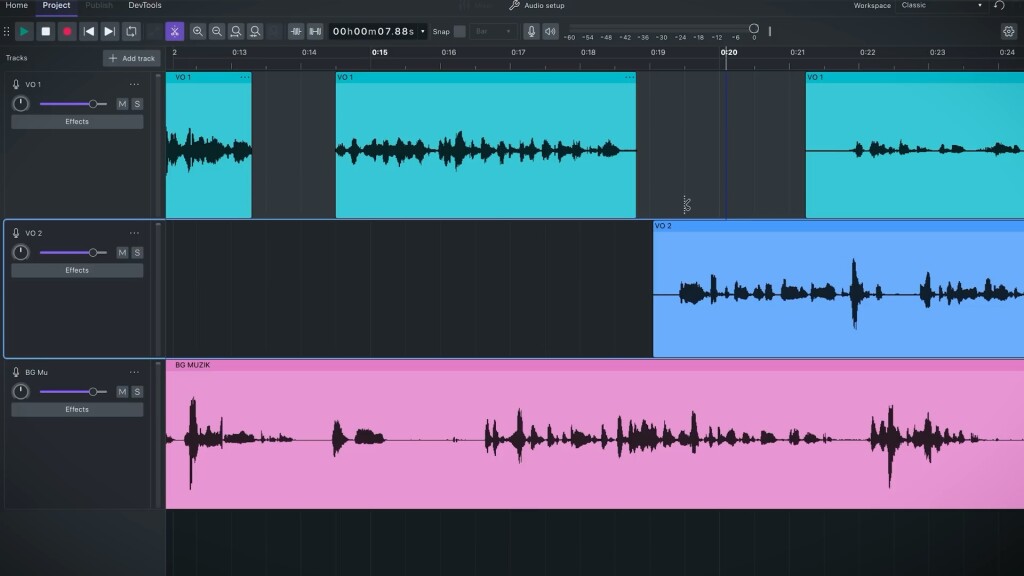
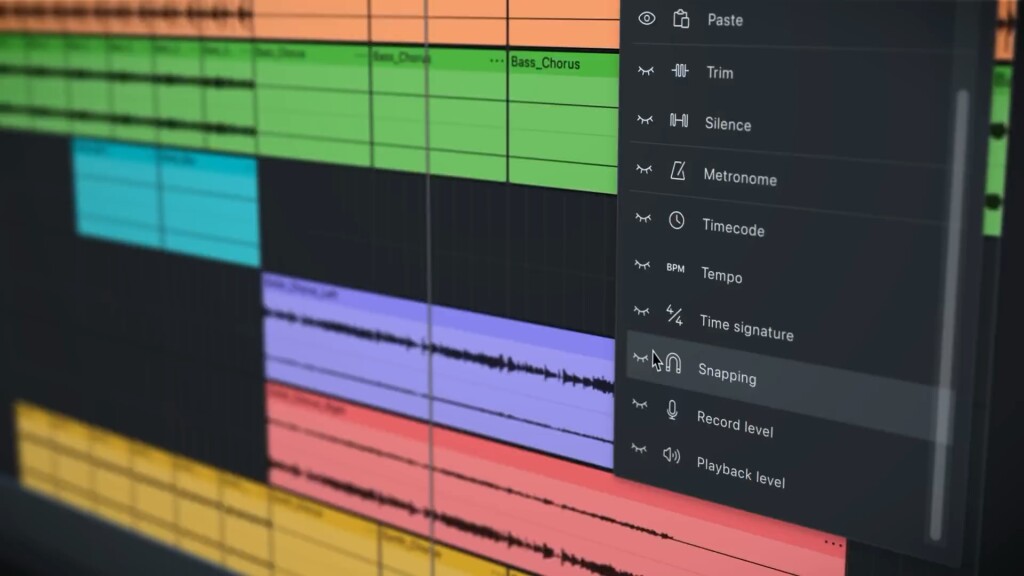
Tantacrul from MUSE, aka Martin Keary, VP of product, breaks down the story of Audacity — including answering some online criticism. It’s maybe more detail than you need, but the glimpses we see of v4, currently in alpha, are promising. Terrence O’Brien over at The Verge agrees, noting how this could clean up metering, splitting, stretching, and finally doing away with the mess of sync lock.
It’s a great watch even if you’re not interested in Audacity, as Keary examines how common tools work in other audio and creative tools, too.
Half a million views suggest a lot of people are waiting for this. That’s a lot for a preview of audio software that’s only coming out next year.
Changing the UI isn’t just a matter of making it prettier, but also removing obstacles and unpredictability. As Keary notes, there are just too many cases where Audacity refuses to do something. The whole point of an audio editor is being able to get in and work quickly, not to have anything slowing you down. So this aspect looks good.
Stated goals:
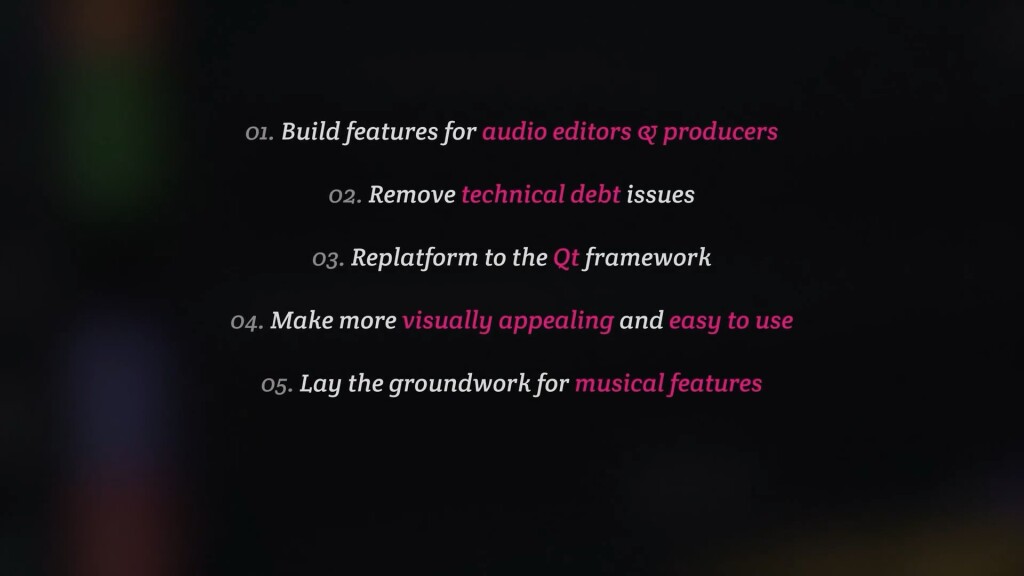
- Build features for audio editors & producers
- Remove technical debt issues
- Replatform to the Qt framework
- Make more visually appealing and easy to use
- Lay the groundwork for musical features
Now please, for the love of all that is holy, it is not too late to change the logo. It looks like someone had the Beats logo open and a cat walked across their keyboard and screwed up the layers.
I started to write something about all the gripes we’ve had with Audacity, from the UI to concerns about the new ownership. But believe me, all could be quickly forgiven — and even with half a dozen other tools that do the same job, some of us still pull out Audacity now and then for some unique features. It was just missing a usable, modern UI. And open tools can mature: look how Plug Data has remade Pure Data, alongside the evolution of open pro-grade creative tools from Ardour to Blender.

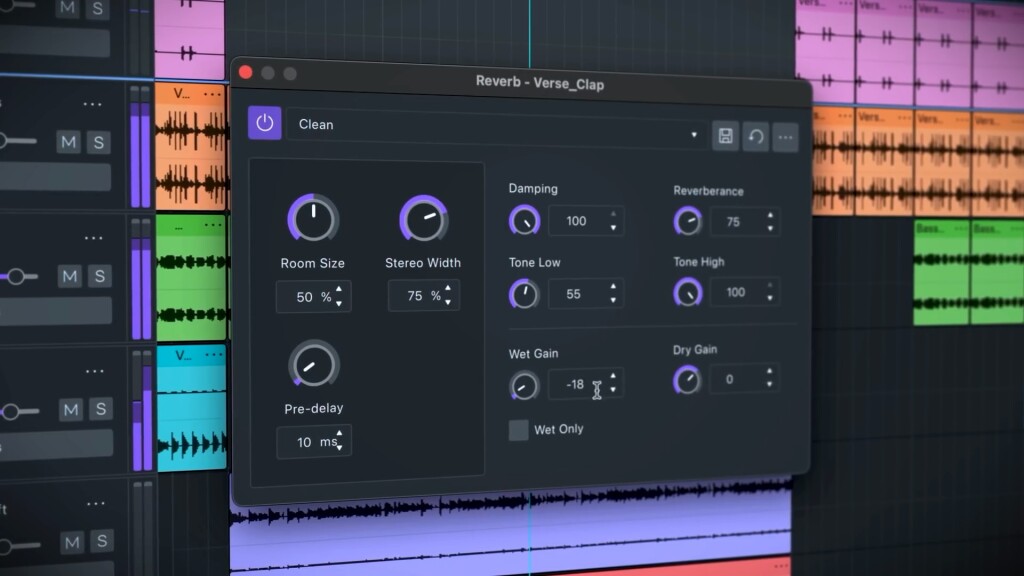
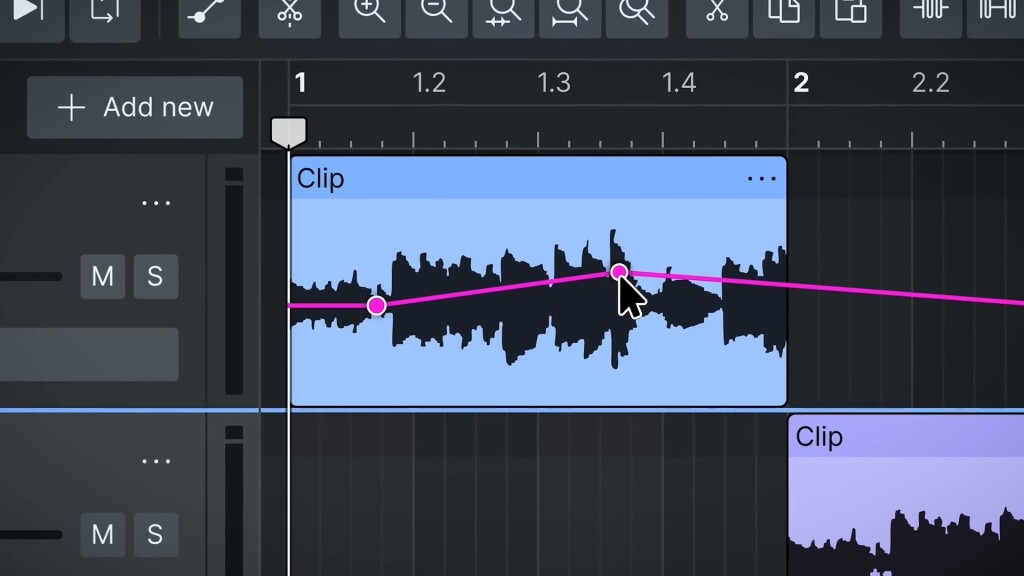
Audacity could become something more, too: a return to what made some of our favorite wave editor tools of the past. For years, commercial wave editors have come and gone. Old-timers have fond memories of long-lost tools like BIAS Peak and (Farallon/Macromind/Macromedia) SoundEdit.
Having quick-and-dirty wave editing outside the DAW, even with multichannel support and DAW-like editing, can mean something that’s faster, more focused, better suited to a lot of workflows, and (ideally) scriptable. It’s something a lot of us badly want, but that commercial interests either obliterate or overburden with too many features.
I was thinking about how a lot of educational environments try to teach everything on Audacity, even though it’s not a DAW. And I came back to that simplicity argument. For a lot of beginners, the kitchen-sink approach of DAWs makes them overwhelming. And experts often crave something sharper.
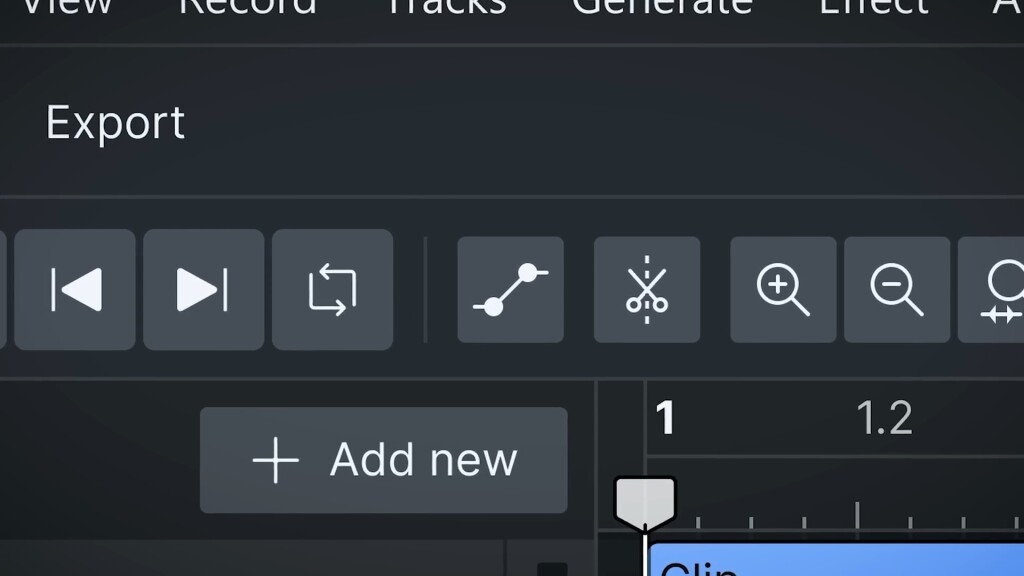

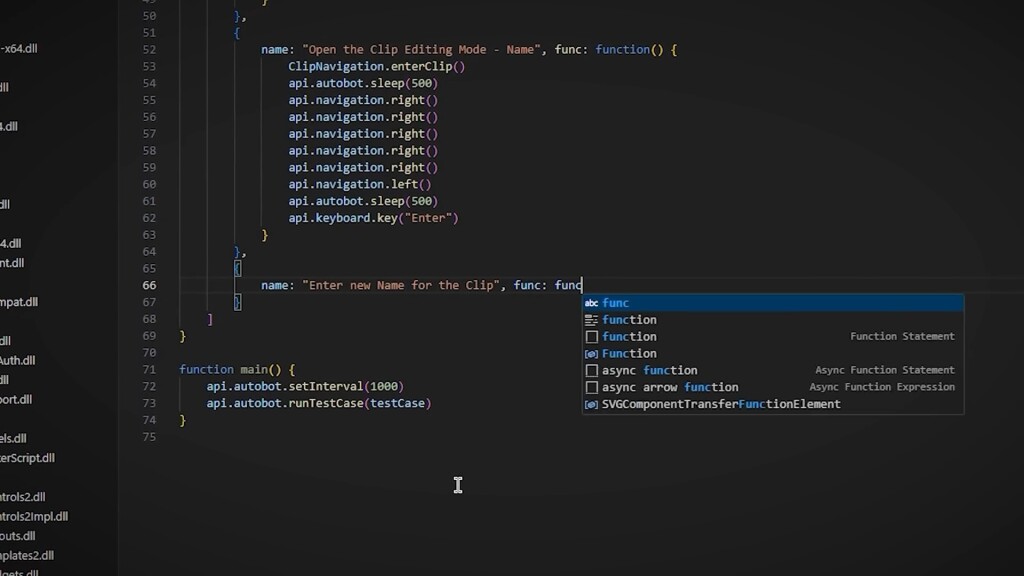
So this looks great to me. Speaking of Ardour: Audacity could have opted for the YTK fork of GTK, as Ardour did, instead of switching to Qt. It’ll be interesting to watch how those two unfold:
Ardour Digital Audio Workstation Drops GTK+ Option In Favor Of Its “YTK” Fork [Phoronix]
Audacity 3 has meanwhile improved a lot, if you don’t want to wait. I’m annoyed that it tries to upsell you to a cloud service, but you can ignore that and choose a direct installer in case you don’t want to mess around with the Muse installer.
And 3.7 becomes a stable maintenance release if you want something long-term now. I expect someone out there will stay on the 3.x branch because they don’t want the changes.
Tags: audacity, audio editors, design, Linux, Mac, Muse Group, Qt, Software, sound editors, UI, UI design, UI/UX, wave editors, Windows, workflow
.png)




